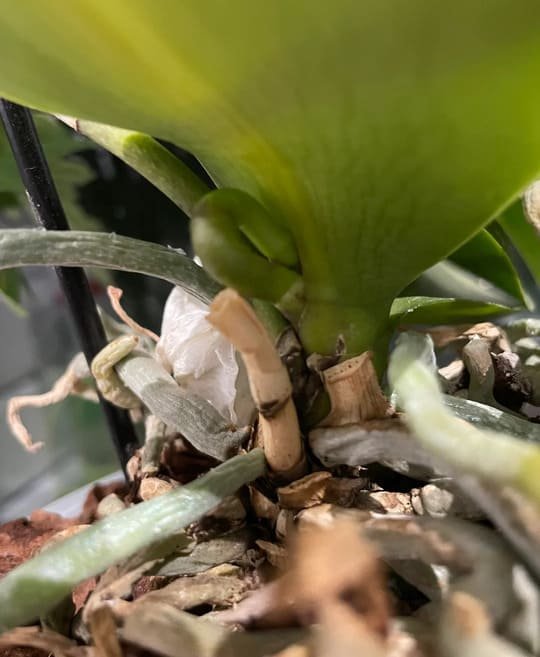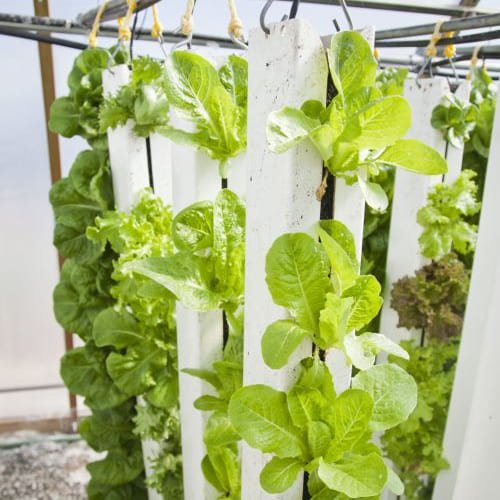If you’ve ever lovingly tended to an orchid only to notice its spikes curling in unexpected ways, you’re not alone. As passionate gardeners and orchid enthusiasts, we’ve spent countless hours marveling at these exotic beauties, learning their quirks, and troubleshooting their mysterious habits. Orchid spikes curling is one such quirk that can leave even seasoned growers scratching their heads.
In this article, let’s dig into why orchid spikes curl and how you can gently guide them to grow straighter and healthier.
Before we dive into the “why,” it’s important to understand what an orchid spike is. The spike, or flower stem, is where your orchid will eventually showcase its stunning blooms. It emerges from the base of the plant, typically near the leaves. When healthy, a spike grows upward, often reaching for the light. However, things don’t always go as planned.
Orchid spikes curling or twisting isn’t just a cosmetic issue; it can impact the overall display of your blooms. Let’s explore the reasons behind this curling phenomenon.
1. Light—The Primary Culprit
Orchids, like most plants, are phototropic—they grow toward light. If the light source isn’t consistent, spikes may curve or twist as they reach for it. For instance, if your orchid is placed near a window where light enters from one direction, the spike may grow toward that light. As the day progresses and light angles shift, the spike’s growth may follow suit, resulting in curls.
How to Fix It:
- Rotate your orchid every few days to ensure even light exposure.
- Consider using grow lights to provide consistent illumination if natural light isn’t uniform.
2. Genetics Can Play a Role
Some orchid species and hybrids naturally produce spikes with a wavy or curling habit. For instance, certain Dendrobium and Cattleya orchids are known for their unique growth patterns. If you’re growing a species with a genetic predisposition for curling spikes, embrace it as part of its charm.
What You Can Do:
- Research your orchid’s species or hybrid to understand its natural growth tendencies.
- Focus on healthy growing conditions rather than attempting to force a straight spike if it’s naturally inclined to curl.
3. Humidity Levels
Orchids are tropical plants that thrive in high humidity. If the air around your orchid is too dry, the spikes may grow unevenly or curl. Low humidity can also lead to other issues, such as brittle leaves and slow growth.
How to Adjust:
- Use a humidity tray or a room humidifier to maintain levels between 50% and 70%.
- Mist your orchid lightly in the morning to mimic its natural environment, but avoid misting the flowers directly.
4. Improper Staking Techniques
Staking your orchid spike too late or incorrectly can lead to curling. When a spike is left to grow without support for too long, it may already have a twist or curve that becomes harder to correct. Additionally, improper tying or using stakes that are too short can cause the spike to grow in unnatural directions.
Best Practices for Staking:
- Start staking the spike when it’s about 6 inches tall.
- Use soft ties, such as plant clips or coated wires, to gently secure the spike without damaging it.
- Attach the spike to the stake loosely, allowing some natural movement while guiding its growth.
5. Temperature Fluctuations
Orchids are sensitive to their environment. Drastic temperature changes can stress the plant, leading to irregular spike growth. For instance, if your orchid is near a drafty window or an air vent, the inconsistent temperatures could cause curling.
What to Do:
- Place your orchid in a stable environment with temperatures between 65°F and 75°F.
- Avoid positioning it near heaters, air conditioners, or drafty areas.
6. Nutritional Imbalances
A lack of proper nutrients can also affect spike growth. Orchids require a balanced fertilizer to support their blooming and growth phases. If the plant lacks essential nutrients like nitrogen, phosphorus, or potassium, it may develop weak, curling spikes.
Nutritional Tips:
- Use a balanced orchid fertilizer (20-20-20) every two weeks during active growth.
- Dilute the fertilizer to half the recommended strength to prevent over-fertilization.
- Flush the potting medium monthly with plain water to remove salt buildup.
Straightening Out the Twists: Is It Worth It?

While it’s possible to correct curling spikes, it’s not always necessary. Orchids are living works of art, and their unique growth patterns often add to their charm. However, if straight spikes are your goal, consistency is key:
Establish Routine Care: Water, fertilize, and provide light on a consistent schedule.
Guide Gently: Use stakes and ties to encourage straight growth without forcing the spike.
Patience is Crucial: Orchid spikes grow slowly, and correcting a curl takes time.
So, What’s the Takeaway?
Curling orchid spikes may initially feel like a setback, but they’re an opportunity to learn more about your plant’s needs. By understanding the factors that contribute to curling and taking proactive steps to address them, you’ll not only improve your orchid’s appearance but also deepen your bond with this captivating plant.
So, next time you see a curling spike, don’t despair. Instead, take it as a chance to connect with your orchid, understanding its story and adapting to its needs.



